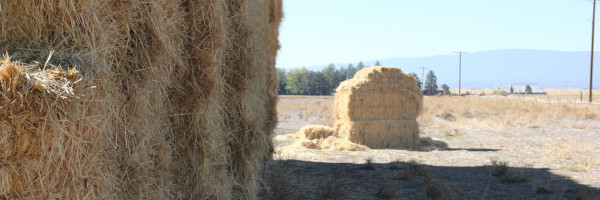Regenerative Agriculture
Jump to navigation
Jump to search
| Agriculture | ||||||||||||||||
|---|---|---|---|---|---|---|---|---|---|---|---|---|---|---|---|---|

| ||||||||||||||||
| Sectors | Agriculture | |||||||||||||||
| Contact | Ed Lisle | |||||||||||||||
| Topics | ||||||||||||||||
Activities
Press
| ||||||||||||||||
- Authors
Regenerative agriculture is a holistic approach to agriculture that focuses on the interconnection of farming systems and the ecological system as a whole. The concept of regenerative farming is not new. It was used by Indigenous communities centuries ago, long before industrial agriculture occurred.
The top five principles of regenerative agriculture
While there are many types of regenerative farms, they all seek to follow these five principles.
- Minimizing soil disturbances: Regenerative agriculture uses farming practices such as limited or no-tilling that minimize physical, biological, and chemical soil disturbances.
- Soil coverage. Instead of relying on tilling, regenerative farming practices focus on keeping the soil covered with vegetation and natural materials through mulching, cover crops, and pastures.
- Increased plant diversity: Diversity is an essential component in building healthy soils that retain excess water and nutrients. It can help farmers obtain revenue from other sources and it's beneficial to other wildlife and pollinators.
- Keeping living roots in the soil as much as possible. Having living roots in the soil ensures that fields are never bare. It can be done by farming practices such as planting winter cover crops or having land in permanent pasture. Keeping living roots in the soil helps stabilize the soil, retaining excess water and nutrient runoff.
- Integrate animals into the farm as much as possible. Manure produced by livestock can add valuable nutrients to the soil, reducing the need for fertilizers, and increasing soil organic matter. Healthy soils capture large amounts of carbon and water and reduce the amount of polluted runoff.



